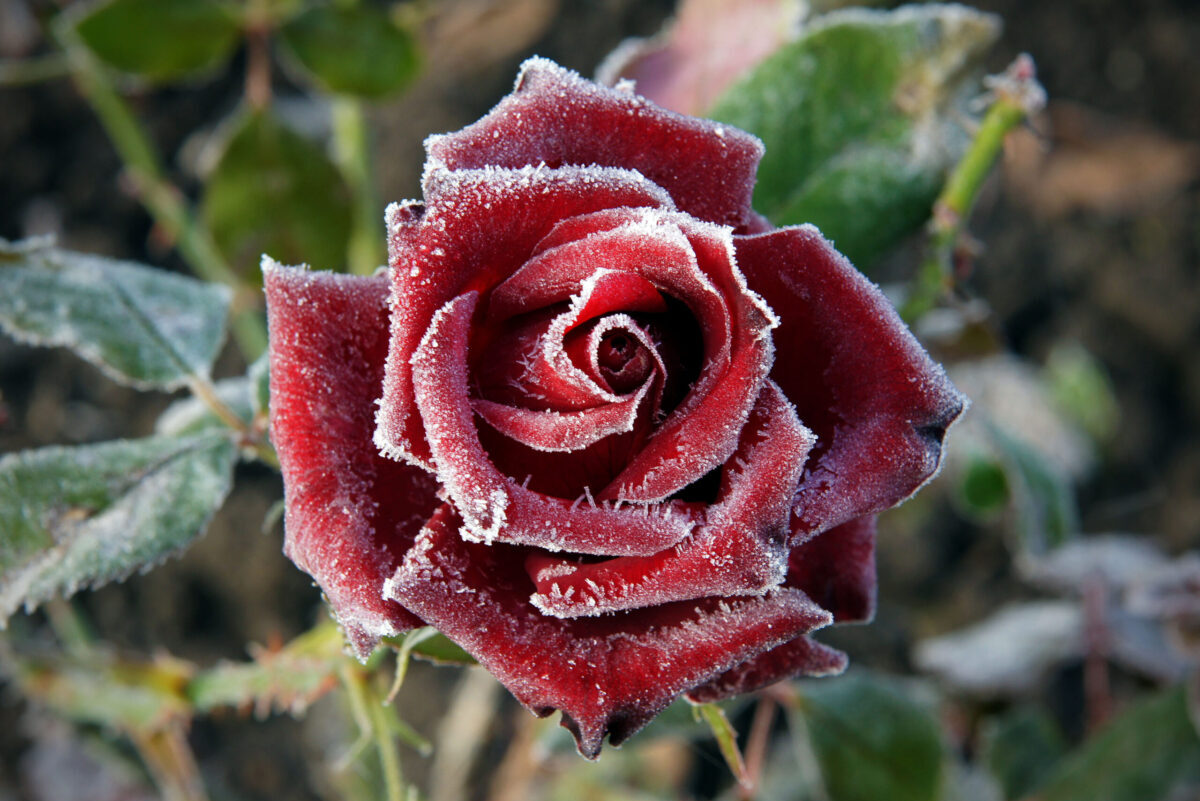Winter occurs in the last two months of the year. This is also the time that the growth of your roses is starting to wind down. That said, it is only right for you to allow them to reach dormancy. Consider this a good time for you to rest your rose tending for a little while.
One thing you need to remember, especially if you’re a beginner, is that your roses are resilient enough to handle being exposed to the snow, frost, and cold nights for months. Generally, the plant just goes into hibernation and is very much capable of protecting itself.
Reaching the end of Winter.
In the first two months of the year, you ought to start preparing for when your roses will start to need some tending and care. Firstly, your rose plants will need a bit of pruning, and you will need to do for a few times.
You need to be able to prune to make your rose bush flourish. More generally, it can be said that roses are sturdy producers, as well as perennial shrubs thrive if they are properly pruned.
Furthermore, the main aim of pruning is to create a solid, elegant structure; this can be done at the time of dormancy. By trimming the old branches from the tree, you encourage new growth and foliage following the spring.
That said, here are a few things you need to bear in mind when caring for your roses as the winter comes to a close.
For Roses planted in Windy and Open Areas
If you live in a place where it is likely that you have wind damage from seasonal exposure, shrubs will need to be pruned back by a third in late October, the moment that the last of your roses have died off.
This “rose ground” fence keeps the rose bush in place because it is rooted firmly in the soil at the base, particularly from being uprooted by exposure to the wind. To prune requirements for exposure to light winds minimizes any structural deflection without negatively affecting overall load ability.
Pruning Practices
When the middle to last week of October has arrived, or as we see the weather being especially windy, prune shrubs by 1/3 of size. Rose plant growth, whether it is standard, shrub, or climbing, which is rooted where it comes into contact with the soil, is vulnerable to blowing away at the root base is kept intact. These pruning requirements for exposure to light winds minimizes any structural deflection, thus protecting your plant from breakage in the event of strong and harsh winds.
Here are the steps that you need to take note of when pruning during winter.
- Cut back any disproportionate stems. Take this as an opportunity to shape your rose plant while minimizing any wind obstruction.
- As you prune, make sure that you remove any dead and dying stems. This also includes any damaged or diseased plant stalks or leaves, as this may be a breeding ground for harmful fungi.
- Dispose of excess foliage and cuttings. While these are organic materials, they don’t allow for badly composted materials to remain in your planting area.
- Prepare your tools beforehand. This includes your loppers, pruning saw, scissors, secateurs, and gardening gloves.

